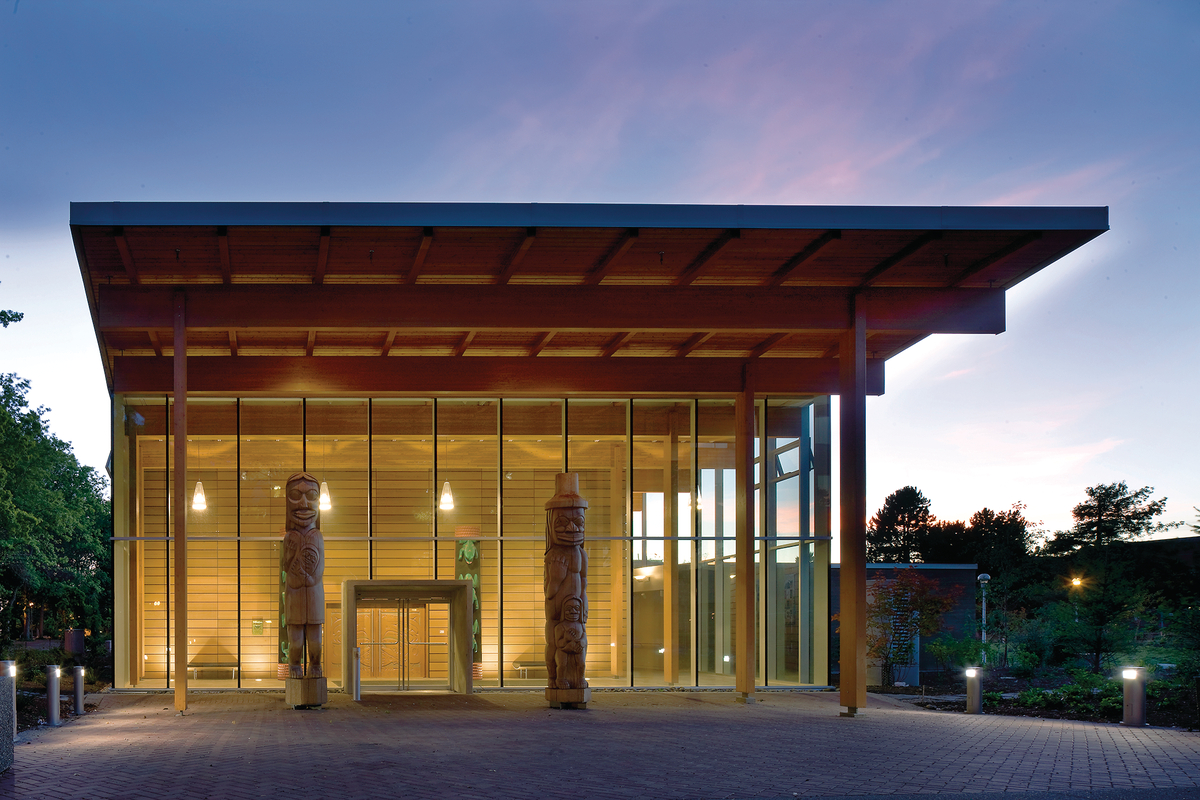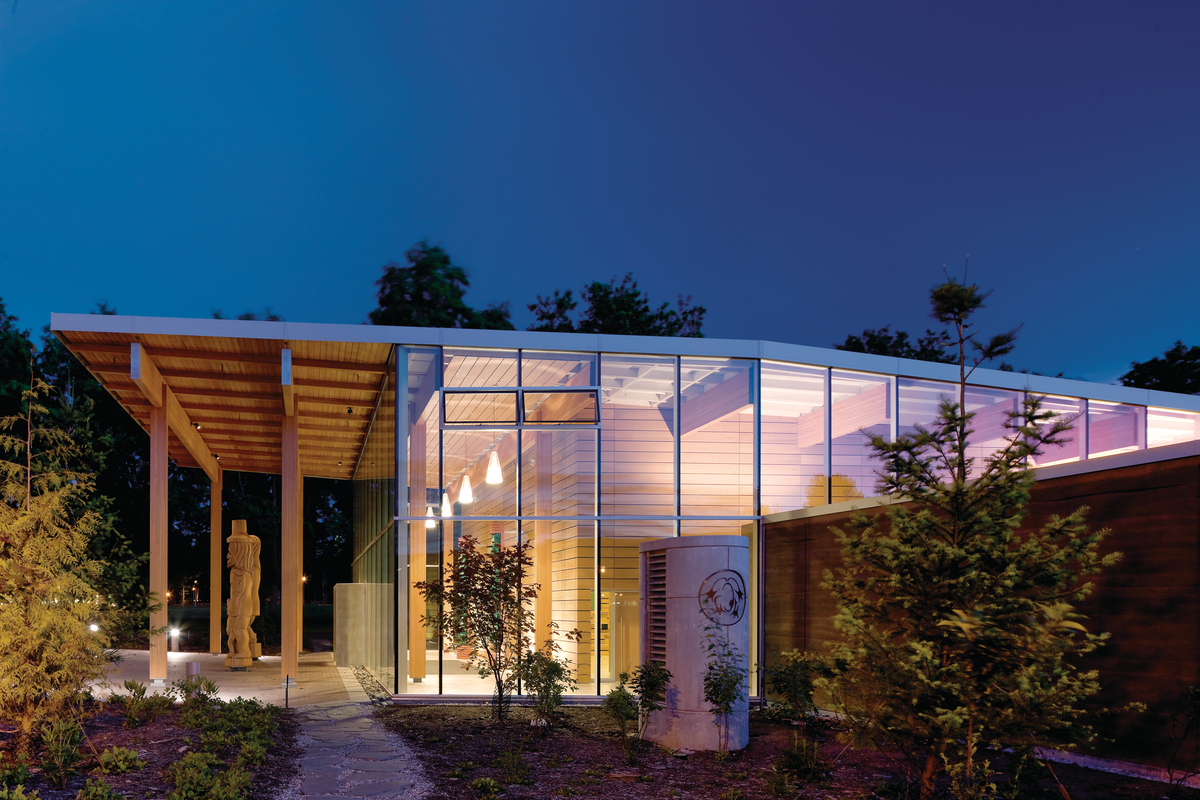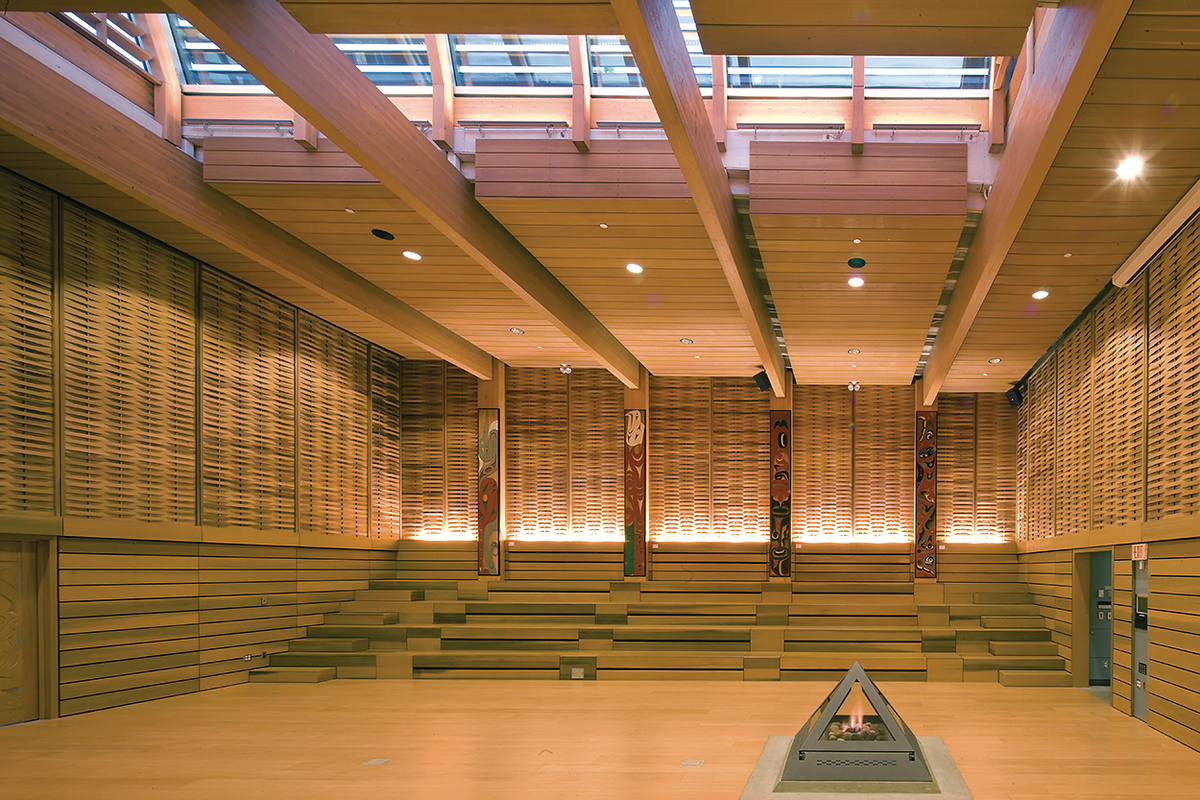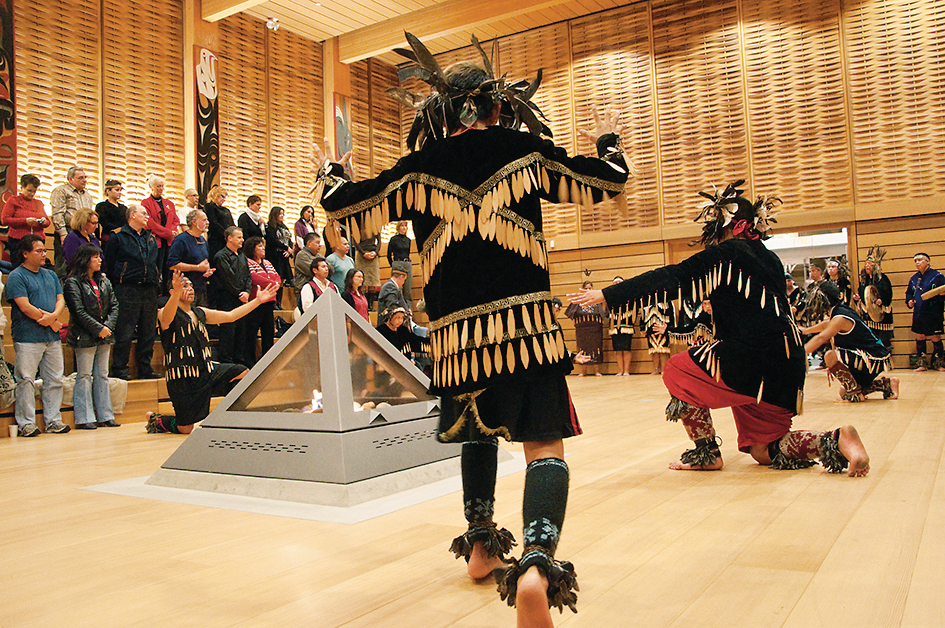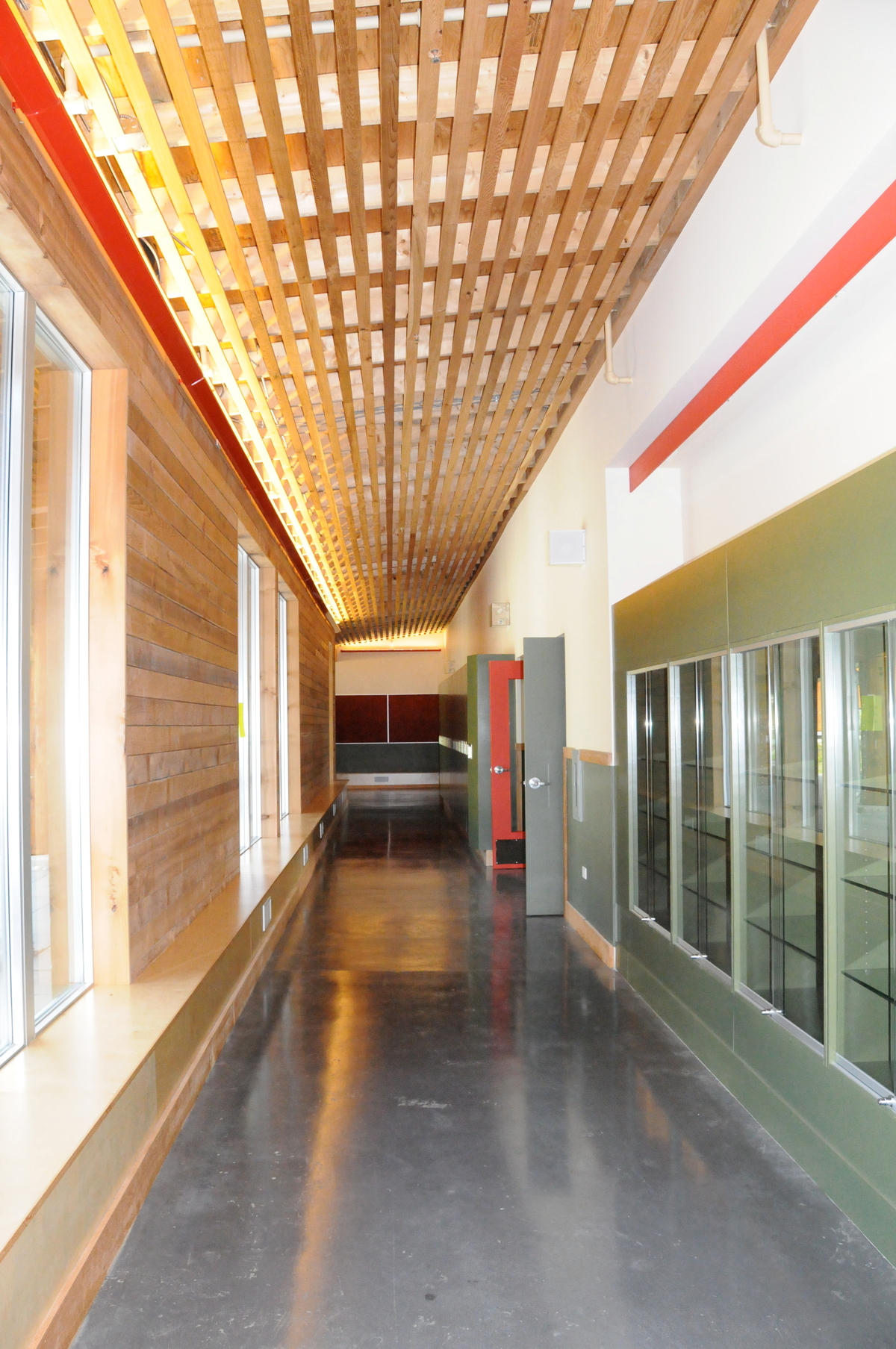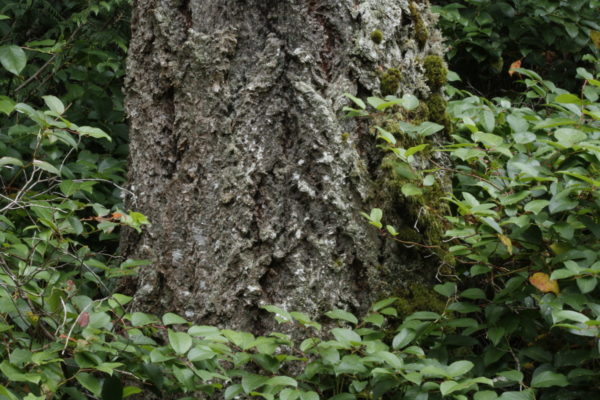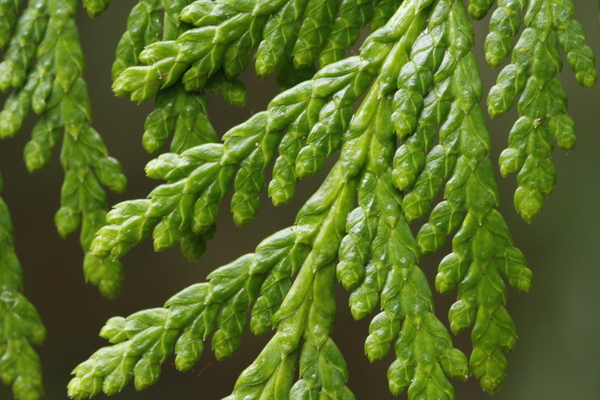A harmonious blend of tradition and innovation
The First Peoples House at the University of Victoria marries the traditional heavy timber of a Coast Salish longhouse with the contemporary application of engineered wood.
- It is a multi-purpose educational centre inspired by First Nations post-and-beam design.
- Douglas-fir glue-laminated timber (glulam) beams and columns support a sloping roof.
- Western red cedar was sourced from the Ditidaht Nation on the west coast of Vancouver Island and used for the interior and exterior siding as well as houseposts and carved doors.
It is a social, cultural and academic centre that serves as a safe and welcoming place for connection and community among Indigenous students and faculty members. The facility houses the Office of Indigenous Affairs, student counseling services, classroom space, a student lounge and Elders’ lounge, faculty offices and a ceremonial hall and kitchen.
Traditional timber meets modern wood products
Clear-A edge-grained western red cedar was sourced from the Ditidaht Nation on the west coast of Vancouver Island and is used throughout the structure. Visitors enter under a hemlock-fir wood canopy, the entrance flanked by traditional houseposts, carved from cedar. The post-and-beam structure reflects a Coast Salish longhouse. But the one-storey building also employs modern materials and techniques, with glue-laminated timber (glulam) Douglas-fir beams and columns, with inconspicuous tight-fit stainless-steel pin connections. The beams and columns support a sloping roof, draining water into a pond.
The lower administration block of the building is clad in cedar and book-ended by rammed-earth walls—a reference to the natural earth insulation of Salish pit houses. The earth walls offer a sustainable source of thermal control and a natural tactile aesthetic. The interior and exterior are clad in cedar planking, and the acoustic wood ceiling is western red cedar veneer plank. Douglas–fir was used on the floors and as the decking for the bridge that crosses the pond.
A sacred space of western red cedar
The Coast Salish traditions continue in the large ceremonial hall, the sacred space within the building. When a visitor walks into the large room, they are enveloped in a cocoon of cedar boards and woven-cedar panels, inspired by the mats that typically lined longhouse floors. The hall is naturally lit by a clerestory roof-top glazing with cedar louvers for sunshades. Indigenous art is significant throughout, with carved ceremonial doors and eight carved inset panels in the ceremonial hall.
